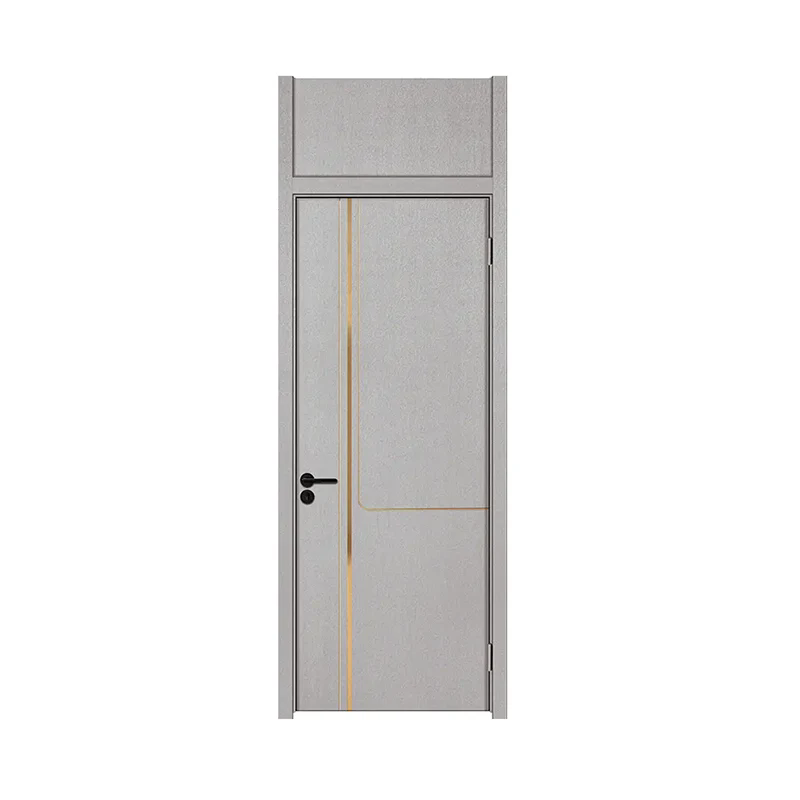When choosing a door for a residence, material is often the first factor we consider. After all, the material plays a crucial role in durability, cost, and functionality. PVC doors made of polyvinyl chloride have gradually come into people's view in recent years. So, what advantages and differences do they have compared with traditional doors? Let's take a closer look today with Yilian.

1. Waterproof and moisture-proof
PVC doors are mainly made of rigid polyvinyl chloride and reinforced with steel or aluminum to enhance structural stability. Unlike wooden doors that require frequent maintenance, PVC doors have the significant advantage of being moisture-proof, making them very suitable for damp environments such as bathrooms, where traditional wooden doors would accelerate swelling or aging.
2. Low weight and high durability
Compared with solid wood or metal doors, PVC has a lower density, and PVC doors are also easier to install and move. At the same time, PVC has the functions of anti-warpage and anti-cracking, and has the advantages of anti-termite and other insects as well as anti-corrosion, which can extend the service life and make you more at ease when using it.
3. Excellent heat insulation
Compared with aluminum doors, PVC doors have better heat insulation performance, which can reduce heat transfer. You can easily feel the temperature difference between the inside and outside of the door.
4. Low maintenance cost
Unlike wooden doors that require regular painting or varnishing, PVC doors only need to be wiped with a damp cloth to stay clean. Their maintenance frequency is relatively low, making them very convenient to use in the long run.
5. Economical
PVC doors have a significant price advantage, being much more affordable than solid wood doors or high-end aluminum doors, making them the preferred choice in terms of cost-effectiveness.
| Feature | PVC Doors | Wooden Doors | Aluminum Doors |
| Material | Polyvinyl Chloride (PVC) | Solid Wood / Engineered Wood | Aluminum Alloy |
| Weight | Lightweight | Medium to Heavy | Lightweight |
| Moisture Resistance | Excellent (No swelling) | Poor (Prone to warping) | Good (Rust-resistant) |
| Insulation | Good (Thermal & Sound) | Moderate (Depends on wood type) | Poor (Conducts heat/cold) |
| Cost | Budget-Friendly | Expensive | Moderate to High |

